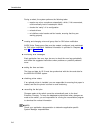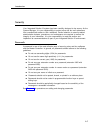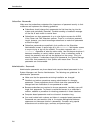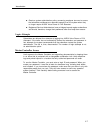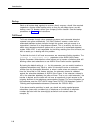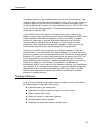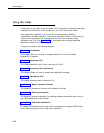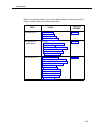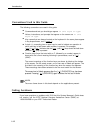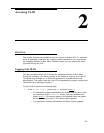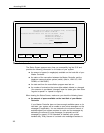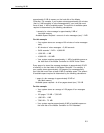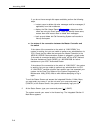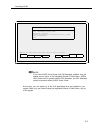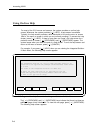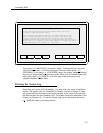
Introduction
Conventions Used in this Guide
The following conventions are used in this guide:
■
■
■
■
■
Commands and text you should type appear in this style of type.
Values, instructions, and prompts that appear on the screen are in this
style of type.
Key names that are always Iocated on the keyboard in the same place appear
in key-shaped boxes, as in [
ENTER
↵
].
A dash (–) connecting two or more keys is used to indicate an operation in
which one key is held down while another is pressed. For example,
[
CTRL
]–[
ALT
]–[
DEL
] indicates that the [
CTRL
] and [
ALT
] keys should be held down
while the [ DEL ] key is pressed.
Function keys (keys that start with an F, followed by a number) appear in
boxes with the current meaning following in parentheses, such as [
F3 ]
(SAVE).
The current meanings of the function keys are shown by labels at the bottom
of the screen. On the actual screen, one of two sets of labels will appear. The
first label is the meaning of the function key when the screen first appears.
These meanings have been selected to be the most useful for that screen.
The second set of labels appears after the [
F8
] (CHG-KEYS) key has been
pressed. Pressing [
F8
] (CHG-KEYS) again restores the first set of labels.
NOTE:
The menu items shown in this book depend on the applications present.
Getting Assistance
If you have questions or problems with IS-III that this System Manager’s Guide does
not resolve, call the AT&T National Services Assistance Center (NSAC) at
1-800-628-2888 or your AT&T Authorized Dealer.
1-12



